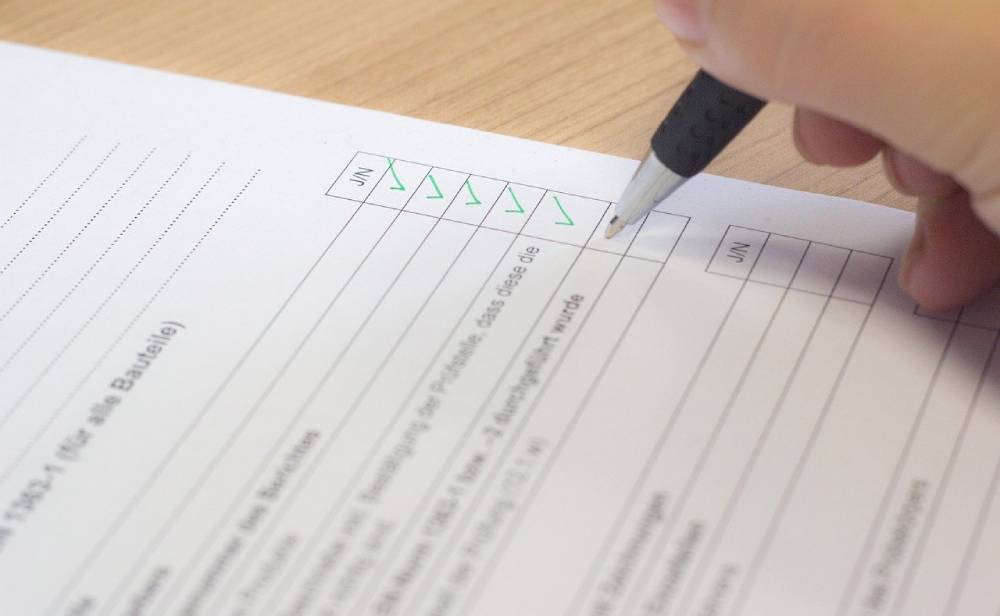Best Strategies for future saving
Long-term savings strategies for your future
Saving for a home or retirement can be difficult. You’ll need to save significant amounts for long-term goals such as retirement, buying a home, or paying for your child’s college education.
The good news is that time is with you and so is the IRS. In many cases, saving for long-term needs means that you will have to save on taxable accounts such as IRAs, 401 (k) s, and 529 savings plans. Regardless of whether you choose a long-term savings account, there are some ways to maximize your savings, so your money comes in handy.

Where to put your savings?
There are many types of savings and investment funds. In general, low-risk funds achieve predictable but small growth. High-risk funds offer the potential for rapid growth, but you can also lose money as the market moves up and down.
A high-yielding savings account is the least risky because your money is not invested in the stock market, but it still earns 16 times more interest than the national average.
When you are ready to raise your money more aggressively, find a brokerage firm or Robo Advisor that works for your lifestyle and personality. “Do you want to be more active in managing your investment, or do you want to set it up and forget about it?” McLay asks.
A simple app like Acorns links to your checking account and automatically invests in additional conversions. Robo-advisors like Betterment and Wealth Front let you choose the time for your savings goals and how much risk you want to take, then you can set aside an amount to invest each month. They are usually cheaper (with a fee of about .01% to .25% of your earnings) compared to professional financial advisors who charge at least 1%. Other platforms, such as Ellevest, charge a membership fee instead of a percentage of your earnings.
If you want to take on more responsibility yourself, you can set up a brokerage account through firms like E * Trade, Fidelity, Charles Schwab, or Vanguard.
“They’re doing a little bit more,” McLean said.
10 Ways to Effectively Save for the Future
1. Create a budget
The first thing you need to do is keep a budget and stick to it. This includes being realistic about your household finances and setting up honest and achievable numbers according to your expenses so you can save. It is not enough to say that you will save and think about saving. You have to be conscious about what you do with your money.
2. Understand the concept of cash flow.
You need to understand cash flow: what it is, how it works, and what your personal household expenses look like. Take a look at your income and expenses and see where your spending habits are. Be conscious of making changes to the things you can do to save money.
3. Work with your partner.
If you are married or living with someone, it is very important to discuss and team up with your household finances. To save, you both need to be on board with your desires, plans, and resources. The best-placed projects without everyone on the board will face upheaval.
4. Distinguish between “want” and “need”
Understand the difference between needs and desires and identify yourself. Be able to say no today and in the future when something doesn’t fit your financial goals.
5. Automate it
Automate savings to save money. If you wait until the end of the month to save, chances are there isn’t much left to save. Automate this and deposit money directly from your paycheck, or let a portion of it go into a savings account whenever you make a deposit. If you have multiple savings goals, you can track the amount deposited in each account and deposit it through one account or use a few different savings accounts opened for different purposes. When you see an increase in your savings, you are more likely to keep it there.
“If your employer offers a retirement savings plan, consider contributing to it,” said Indranil Chakraborty, an associate professor of finance at Miami Herbert Business School. “If your employer does not offer a 401 (k) or 403 (b) plan, then consider opening a Roth IRA. Invest in these accounts using total market index funds with a low-cost ratio. “
6. Take a look.
Sometimes we don’t even realize what we are spending each month until we take stock of it. Review everything you pay for. What are you buying that you won’t need? Is there a way to get it in less if you need it?
7. Find places to cut.
What costs or items can you reduce to increase your savings goals? There are five key areas for reviewing opportunities, including energy and utilities, food and grocery, banking and credit card fees, taxes, and auto costs (ie gas and insurance).
8. Think of children.
Take care of your children too. Teaching them about savings and spending is incredibly important. It is also important to set an example: they are a mirror of your behavior and will lead you to the role of money in your life. Some essential lessons include waiting for the item you want to buy, saving, identifying specific ways to save for children (such as using a jar or envelope), making wise choices, and understanding what to say when money is spent.
9. Get started now.
Remember, whatever your goal, start now. Something will always come up and compete with your resources. Saving for the future should be at the forefront of your mind and your finances, no matter what.
10. Enjoy life.
Yes, we have been preaching the virtues of discipline, tightening the belt, and resisting immediate relief. But everyone is just human. Recognizing the importance of saving doesn’t mean you can’t spend it on recreation, leisure, celebrations, or just things. But be sure to include occasional splurges in your budget.
Bottom line
The above strategies will help you stay on a budget and save for your goals while allowing some budget fun. Remember, a goal without a plan is just a wish. Write it down, create time and opportunity, and do it.






